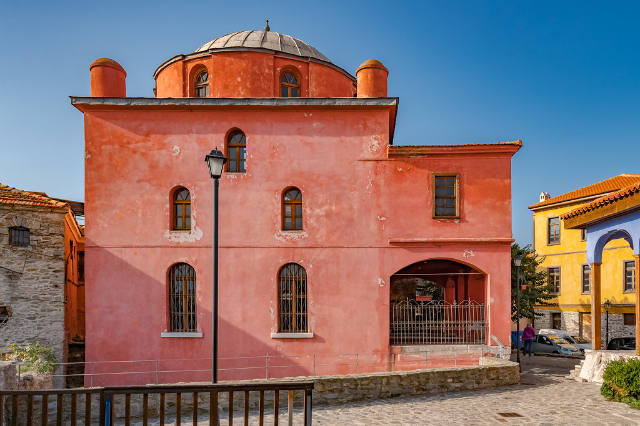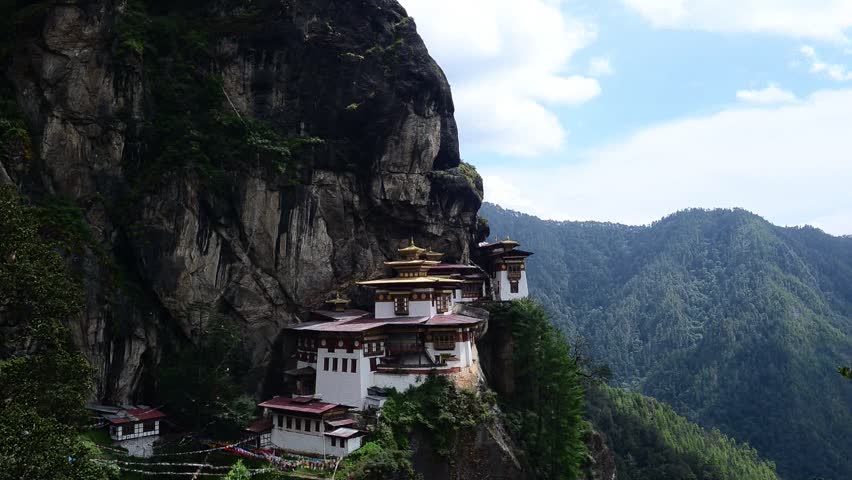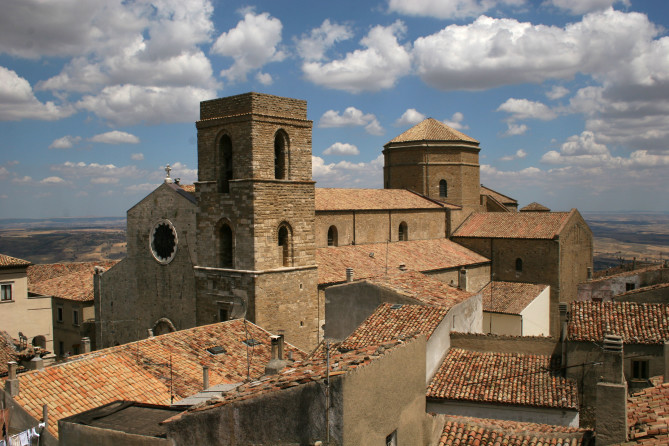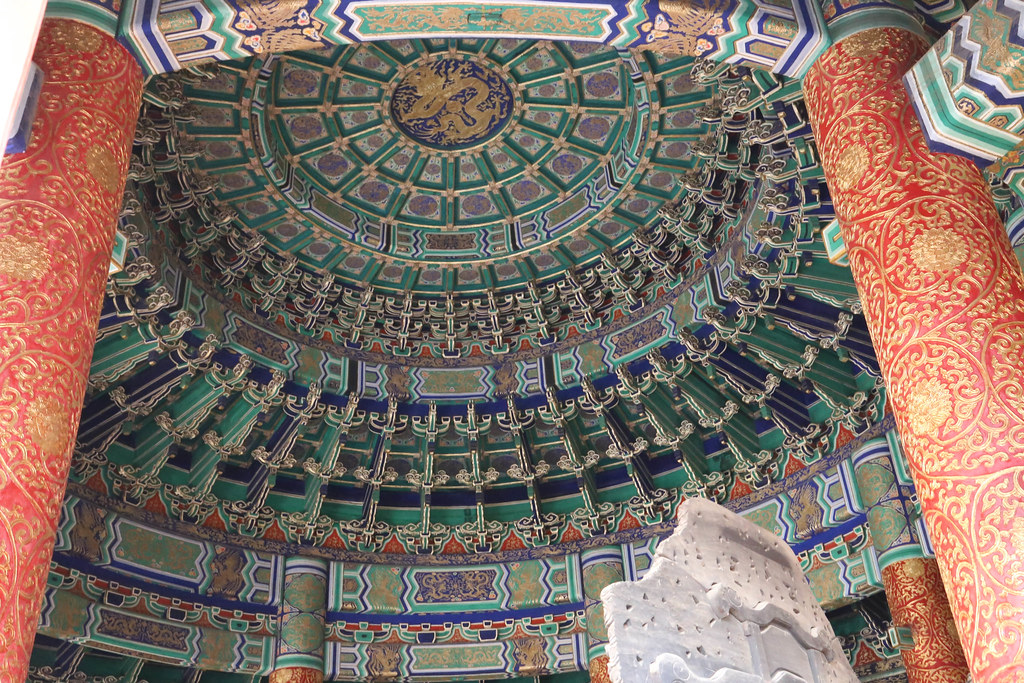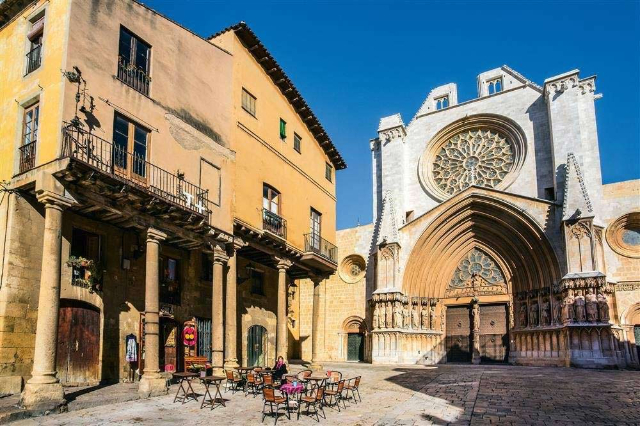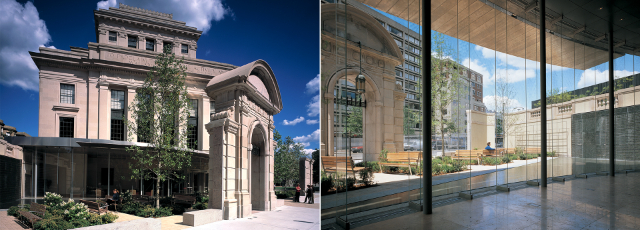Nestled at the core of Kavala’s historic peninsula, close to the Castle and pathways leading to the acropolis and the perimeter walls, the Halil Bey Mosque is a living chronicle of the city’s diverse history. Thought to have been constructed around the year 1530 during the town’s reconstruction, the mosque stands as a multi-layered symbol of religious and cultural evolution.
Archaeological digs spearheaded by the 12th Ephorate of Byzantine Antiquities have unveiled significant religious history predating the mosque. Beneath the mosque’s modern-day glass floor, visitors can observe the remains of the Early Christian Byzantine church of Agia Paraskevi, believed to be the first Christian house of worship within the walled city. Alongside the church, excavations have also uncovered a small Byzantine-era cemetery. The phenomenon of mosques being constructed atop pre-existing churches, or churches being converted into mosques, was a frequent practice during the early centuries of Ottoman rule.
But Halil Bey Mosque was not merely a place for religious activities; it was part of an extensive complex that included a madrasa, an Islamic seminary featuring eight rooms dedicated for students. Remarkably, this educational facility survives in good condition to this day.
The site underwent several transformative periods in its history. In the early 20th century, the complex served an educational purpose once more, housing a girls’ primary school.
Between 1930 and 1940, the mosque acquired a musical dimension as it became the rehearsal space for the Municipality’s orchestra, thereby earning the nickname “Music Mosque” or “Palia Mousiki,” which translates to “Old Music.”
Today, following extensive restoration and adaptation efforts led by the Ephorate of Antiquities and the Municipality of Kavala, the Halil Bey Mosque has been revitalized as a public space. It serves as a dynamic cultural venue, hosting an array of exhibitions, events, and performances within its historical walls and the adjoining forecourt. The madrasa has found a new purpose as well, currently accommodating folklore collections, social services, and “To Kastro,” a cultural association representing the district of Panagia.
As visitors wander through the mosque and its associated buildings, they are greeted by a fascinating tapestry of historical and cultural narratives, each contributing to the rich and complex story of Kavala and its people.

